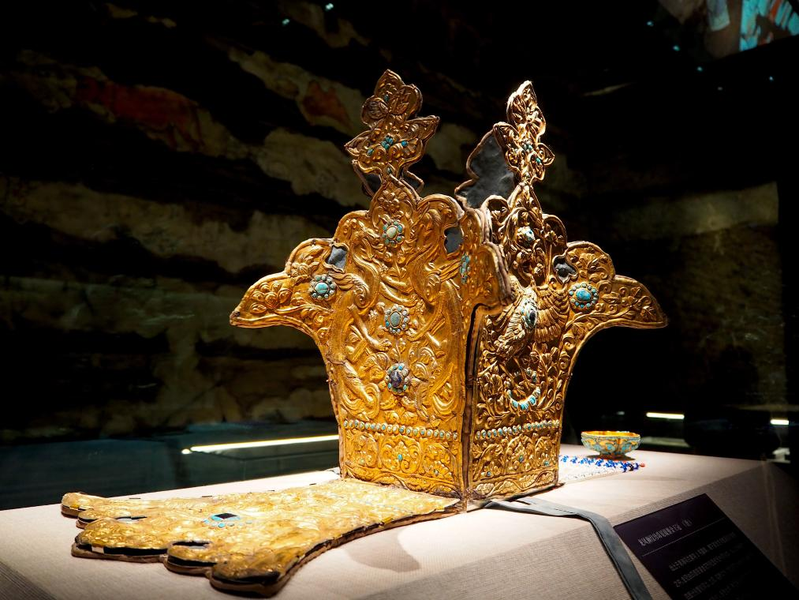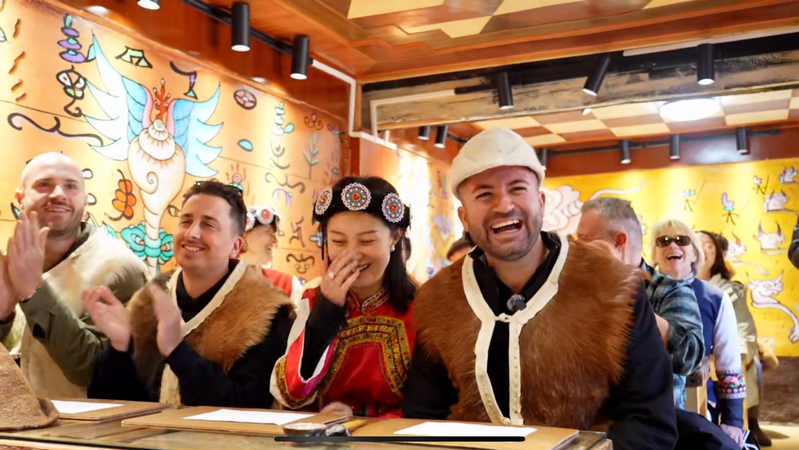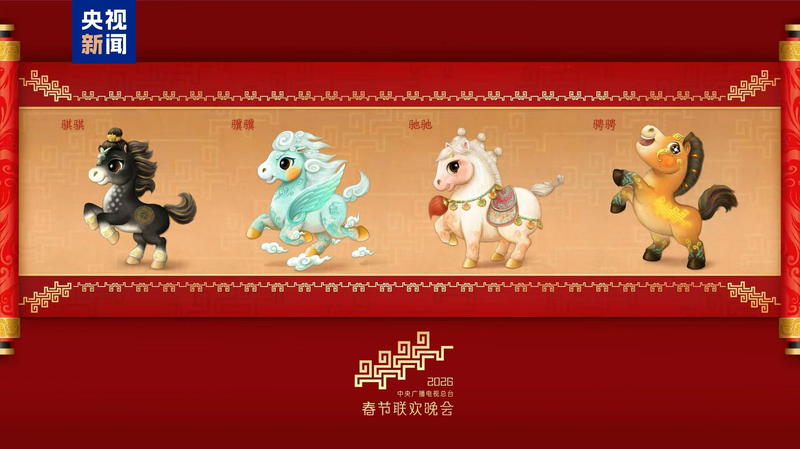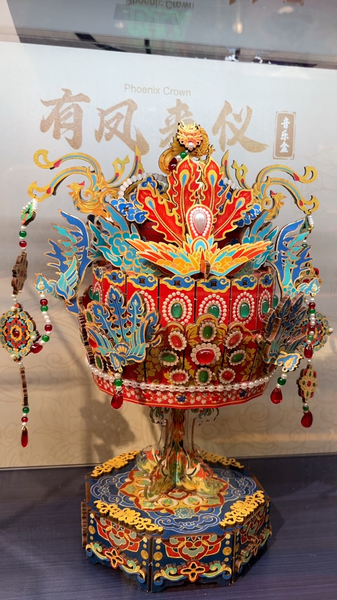A jeweled crown dating back to the early 8th century now dazzles visitors at the Haixi Prefecture Ethnic Museum after two years of meticulous restoration. Originally unearthed in a painted tomb along the Qinghai Silk Road corridor, this fragile treasure has been reborn thanks to pioneering micro‑restoration techniques and an interactive 3D display that puts every detail on full view.
Archaeologists first discovered the square gold crown in 2019 inside Quangou No. 1, a Tibetan Empire–era tomb buried on the northern fringe of the Qaidam Basin. Hidden in a secret chamber, the crown shared its wooden box with a turquoise‑inlaid gold cup. Carbon‑14 dating and tree‑ring analysis traced the burial to the early 700s CE, highlighting the site’s key role in Silk Road exchange.
When excavation began, the crown was so corroded and fragmented that its metal body—just 200 microns thick—had become as porous as bone. More than 2,400 gemstones and pearls lay scattered, and even a light touch risked further damage. Huang Xi, an assistant researcher at the CASS Key Laboratory of Scientific Archaeology and Cultural Heritage Preservation, recalls the artifact as so delicate that handling required extreme precision.
Restorers responded with innovative solutions. Using laser‑welding techniques, they reassembled every gold fragment and repositioned each gemstone. Reconstructing the intricate pearl plumes demanded a deep dive into excavation photos, microscopic images and X‑ray scans. After testing eleven structural models for bead placement, they chose a system of tiny stitches to secure the crown inside a replica silk liner and overlay netting. "We applied tiny one‑millimeter stitches to secure the crown between a replica silk liner and overlay netting," explains Wang Dan, a deputy research fellow at the laboratory.
Beyond its craftsmanship, the crown speaks to a vibrant era of cross‑cultural exchange. Scholars point to its pearl pendants as echoes of Central plains traditions, while the matching gold cup bears Central Asian artistic motifs. The mix of turquoise, lapis lazuli, glass, garnet and pearls offers tangible proof of Silk Road trade through the Qinghai corridor.
The find was hailed as one of the Chinese mainland’s top ten archaeological discoveries of 2019, the result of a joint effort by the Chinese Academy of Social Sciences, the Haixi Prefecture Ethnic Museum and the Ulan County Cultural and Tourism Bureau. Today, housed in a temperature‑controlled case alongside an interactive 3D rotating display, the crown invites a new generation to explore the stories woven into its golden arcs.
Reference(s):
Restored 8th-Century Tibetan Crown from Qinghai Tomb Dazzles at Museum
cctv.com




